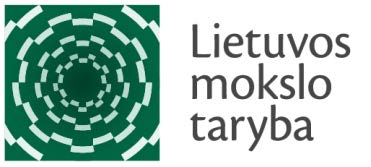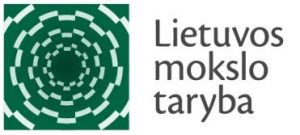
Hydromorphological features of rivers are important to determine the quality of water body, its evolution due to nearby landscape changes and possible impact on the ecosystem. On the one hand, the directly measured indicators of hydromorphological features are accurate but obtained by a costly and time-consuming process. Thus, it can be performed only on short segments of the river. On the other hand, using indirect measurement techniques results in a lower accuracy but significantly lower measurement costs, manpower and time needed. The obvious advantage of remote sensing techniques is processing data acquired in regions that are difficult to access. Moreover, automated data processing enables to observe large river sections and detect changes, assess the quality of the water body, and make timely decisions to prevent undesirable processes. The project research covers a variety of scientific disciplines, namely, hydrology, computer vision and image processing, numerical simulation, and optimization. The project aims to develop a combined physical behaviour and artificial intelligence (AI) model to determine hydromorphological features of the low-land river by using multi-spectral images collected with unmanned aerial vehicle (UAV) as input. The model is based on the inverse modelling approach as an additional layer is incorporated into the AI model to ensure the consistency of the predicted results and physical laws. The main tasks considered in the project research refer to the preparation of the dataset composed of multi-spectral aerial images and hydromorphological features collected by direct measurement techniques, creating the numerical hydrodynamic model, training the computer vision model of suitable architecture and incorporating AI and hydrodynamic models. The practical value of the model is based on the AI model consistent with physical laws and practically acceptable indicators of hydromorphological features.
Project ID (LMT): P-MIP-23-167
Funding: EUR 150 000
Project coordinator: Kaunas University of Technology (KTU)
Project partner: Lithuanian Energy Institute
Funding provided by the Lithuanian Research Council (LMT),
Instrument – Lithuanian Research Council Research Support, Research Group Projects
Project Team
| Name, surname | Office | phone. | |
|---|---|---|---|
|
LEI Representative |
|||
| Vytautas Akstinas | 426-AK | +37037401962 | Vytautas.Akstinas@lei.lt |
|
Project Team |
|||
| Diana Meilutytė-Lukauskienė | 418-AK | +37037401981 | Diana.Meilutyte-Lukauskiene@lei.lt |
| Karolina Gurjazkaitė | 422-AK | +37037401968 | Karolina.Gurjazkaite@lei.lt |






